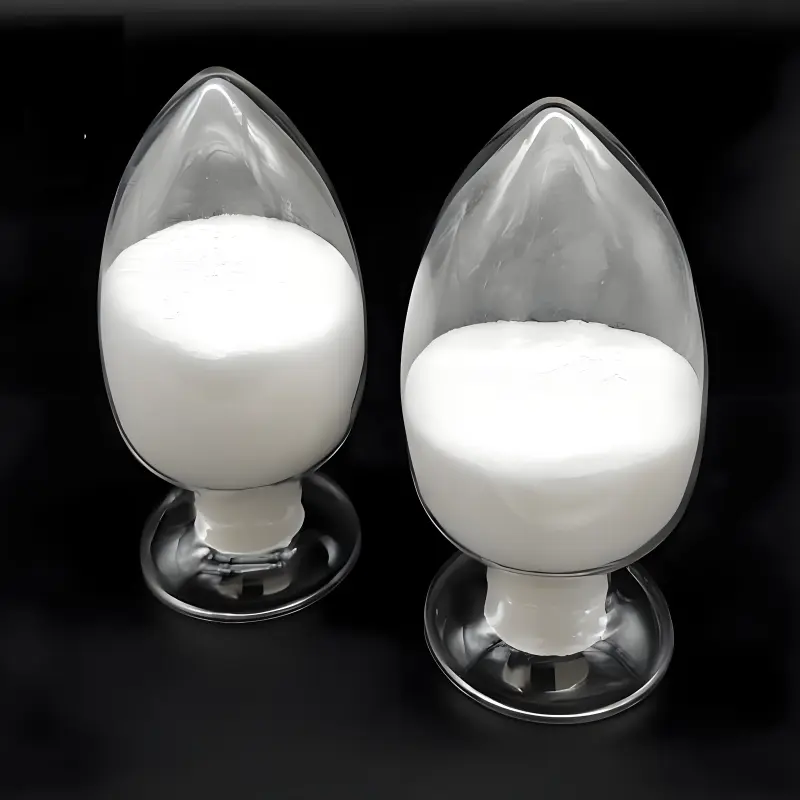Immunity: Chen Wanjun's team revealed that TGF-beta promotes dendritic cell secretion of interleukin-31 as the main cause of itching during wound healing.
-
Last Update: 2020-07-30
-
Source: Internet
-
Author: User
Search more information of high quality chemicals, good prices and reliable suppliers, visit
www.echemi.com
!---- The interaction between the nervous system and the immune system is important for the maintenance of steady state and the development of disease, and a growing body of research shows that the nervous system regulates the immune response through intercellular contact and the release of soluble factors.However, there are few reports of the immune system's regulation of the nervous system, especially the sensory nerves.skin wound healing is a highly orderly process involving local inflammation and the release of multiple growth factors and cytokines;itching is generally caused by the excitement of its associated sensory neurons.when the small molecules that cause itching bind to receptors on sensory neurons, itch-related ion channels such as TRPV1 on the neurons are opened, causing the cations, especially calcium ion sion sion strains, causing the neuron to excite, thus secreting an itching-specific neurotransmitter NPPB at the back root and trigeminal nerve nodes and other exchanges, which transmit the itching signal to the brain.However, although there are many known factors that cause itching, the main factors and underlying mechanisms of itching mediated by the immune response during wound healing are still not clear.the National Institutes of Health's Institute of Dental and Cranial Maxi 's NiH, NIDCR, Wanjun Chen laboratory published the latest paper on The Cytokine TGF-beta-beta-type from dermal denstic to sensory sym.the study, local immunomodulating cytokines TGF-beta increases in wound healing promotes the secretion of type 2 dendritic cells (cDC2) in the dermis, making itch-related neurons with IL-31 receptors sensitive and excited, resulting in local itching during wound healing.the study, which looked at the mouse skin wound healing model on video, found that the mice had the most frequent scratching behavior on the fifth day of wound healing.RNA sequencing of skin tissue during wound healing found that Il31 increased specificity on the fifth day of healing in all known genes associated with itching.and observations of the behavior of the Il31 gene knockout mice found that the gene knockout mice in the skin healing process scratching behavior significantly reduced, proving that IL-31 is the main cause of itching during wound healing. How doesIL-31 cause itching? The team found that the genes Il31ra, Trpv1 and Nppb were highly expressed for itching in the back nerve section son stakes in the mouse wound region.use IL-31 to process in vitro-cultured sensory neurons, and to make them highly expressed.at the same time, calcium ion imaging tests show that IL-31 makes sensory neurons more sensitive.protein analysis showed that IL-31 works through the Stat3 signaling pathway, stat3 inhibitors inhibit the upward effect of IL-31 on the above itching gene, and the use of Stat3 gene knockout mice can greatly reduce the sensory neuron sensitivity caused by IL-31. Where doesIL-31 secret? The team found that the dermis cDC2 expression Il31 was the highest by a precise flow cell sorting of skin tissue on the fifth day of wound healing.the dendritic cells, Langehans cells, and macrophages in mice were rejected for behavioral observation, except that mice that rejected dendritic cells had reduced scratching behavior during wound healing, and finally determined that the dendritic cells in the dermal layer were the main source of IL-31.il-31? The team selected cDC2 in the dermal cortex of mice by flow cytosy and treated them separately with the known important cytokines in skin healing, and found that TGF-beta could increase the expression of Il31 in cDC2.injected The TGF-beta-treated cDC2 into the skin of mice, allowing it to have scratching behavior.at the same time, the team found that the TGF-b receptor in the dendritic cell condition knockout mice (Cd11cCre Tgfr1f/f) of their skin healing process of the scratching behavior decreased, and finally proved that TGF-beta promotes cDC2 secretion IL-31 is the main cause of itching during wound healing.the first author of the thesis, Xu Junxuan, is a postdoctoral fellow in Professor Chen Wanjun's team, and Professor Chen Wanjun is a communication author.also participated in the study by the Team of Academicians Wang Songling of Capital Medical University and Professor Mark Hoon of the National Institutes of Health..
This article is an English version of an article which is originally in the Chinese language on echemi.com and is provided for information purposes only.
This website makes no representation or warranty of any kind, either expressed or implied, as to the accuracy, completeness ownership or reliability of
the article or any translations thereof. If you have any concerns or complaints relating to the article, please send an email, providing a detailed
description of the concern or complaint, to
service@echemi.com. A staff member will contact you within 5 working days. Once verified, infringing content
will be removed immediately.






